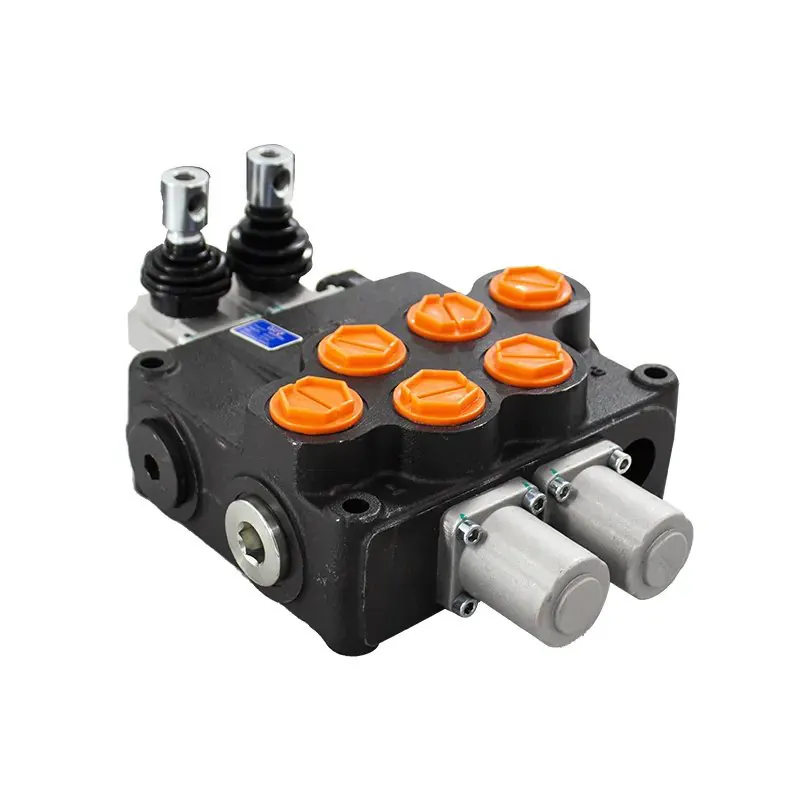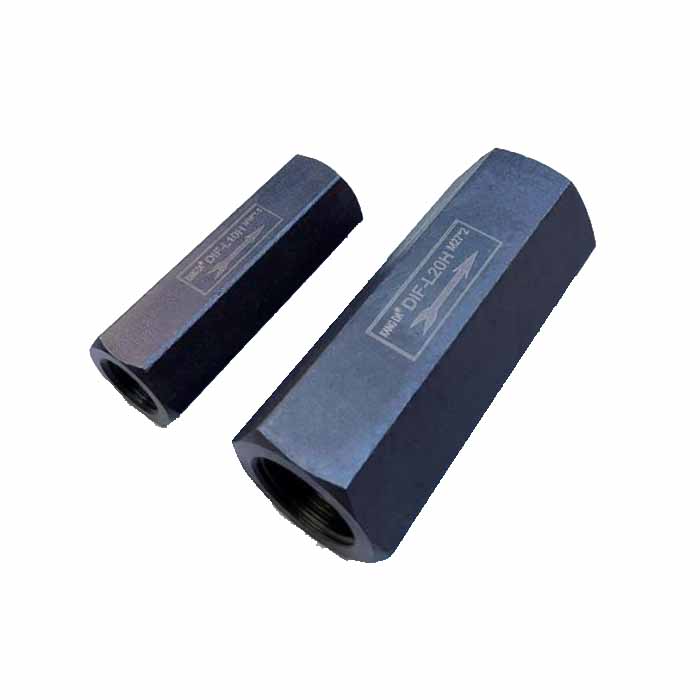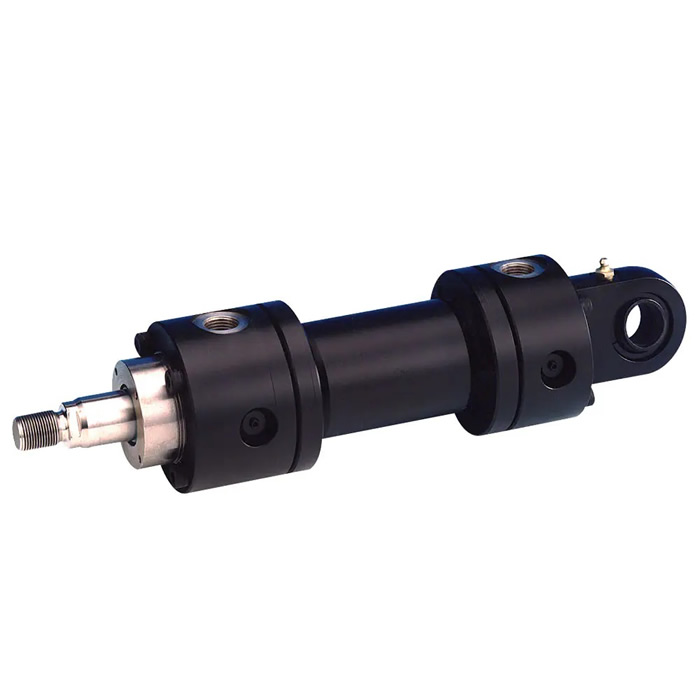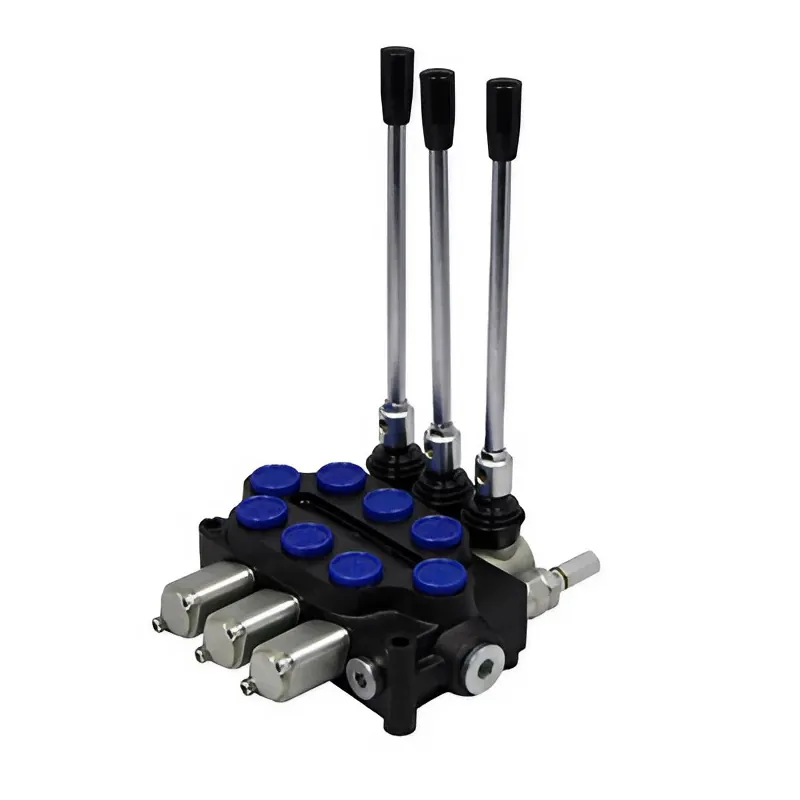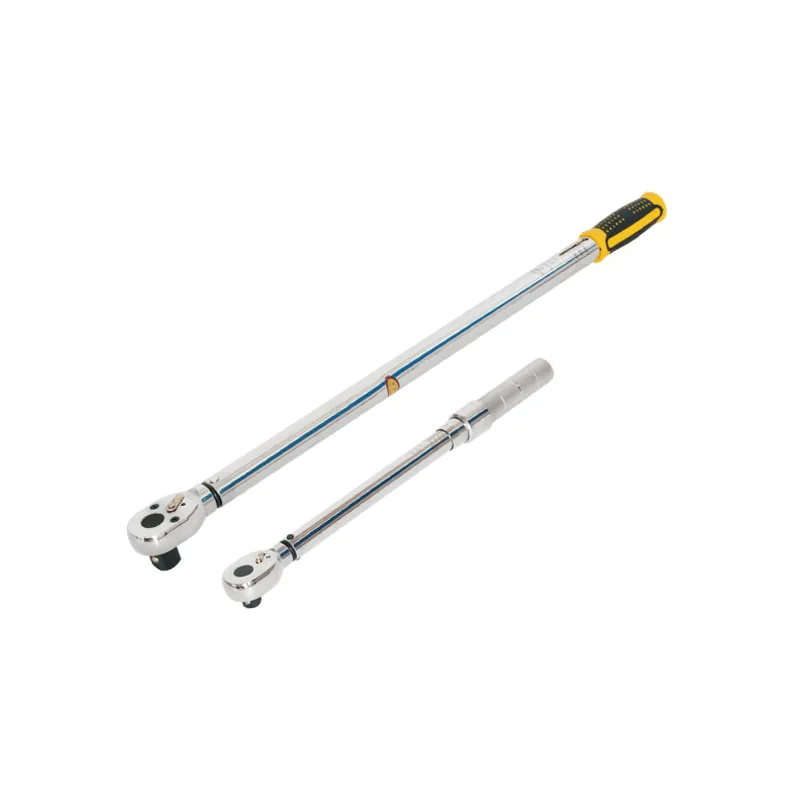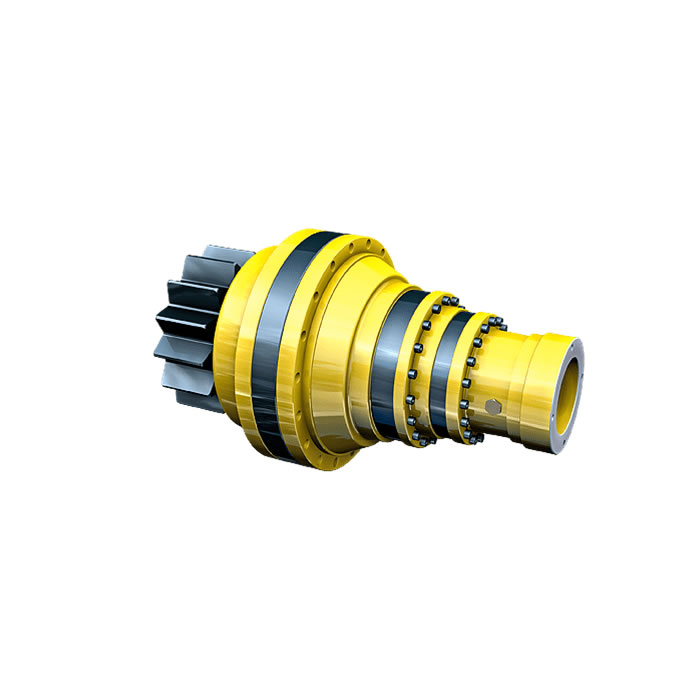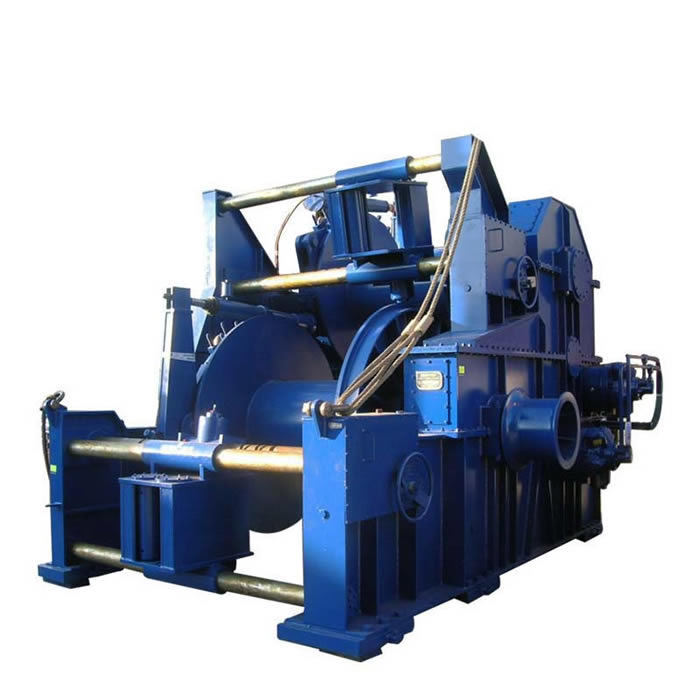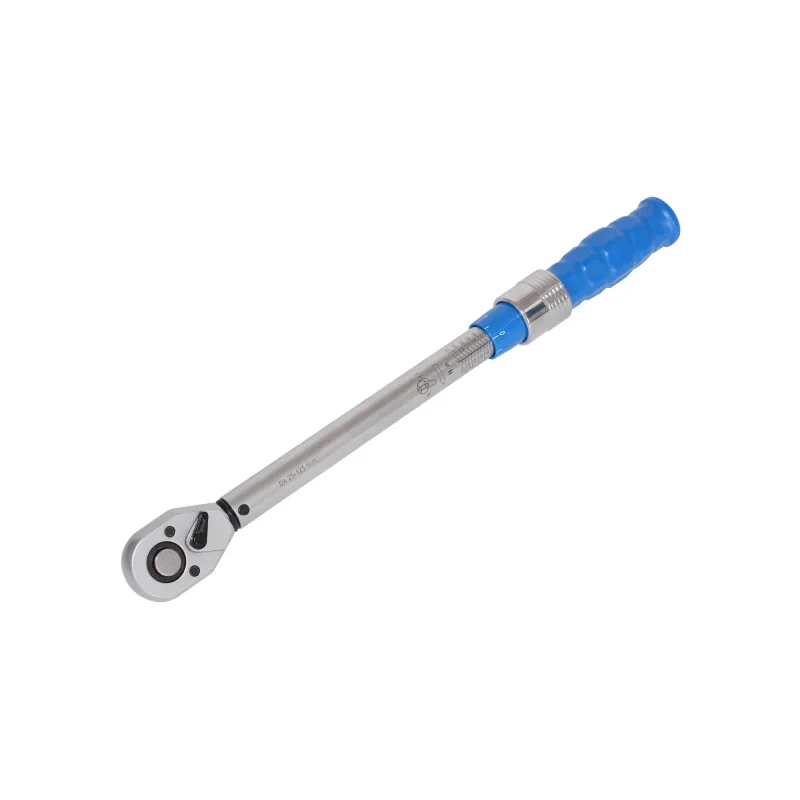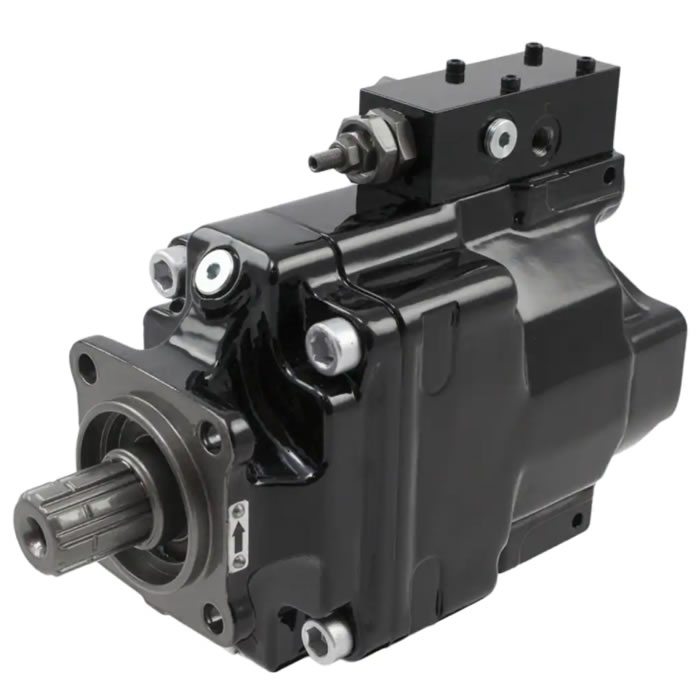What is the buffer device of the hydraulic cylinder?
The Hydraulic Cylinder is the executive element of the hydraulic transmission system and an energy conversion device that converts hydraulic energy into mechanical energy. The Hydraulic Motor realizes continuous rotary motion, and the hydraulic cylinder realizes reciprocating motion. The structure of the hydraulic cylinder includes piston cylinder, plunger cylinder, swing cylinder, piston cylinder and plunger cylinder reciprocating linear motion, output speed and thrust, swing cylinder reciprocating swing, output angular velocity (speed) and torque. In addition to being used alone, the oil cylinder can also be combined in two or more places or combined with other mechanisms. Complete special functions. The hydraulic cylinder is simple in structure and reliable in operation, and the oil cylinder has been widely used in the Hydraulic System of machine tools.
What is the buffer device of the hydraulic cylinder?
In the hydraulic system, a hydraulic cylinder is used to drive a mechanism with a certain mass. When the hydraulic cylinder moves to the end of the stroke, it has a large kinetic energy. For example, if there is no deceleration treatment, the hydraulic cylinder piston and cylinder head will mechanically collide, resulting in shock, noise and damage. In order to alleviate and prevent this danger, a deceleration device can be installed on the hydraulic circuit, or a buffer device can be installed in the cylinder.
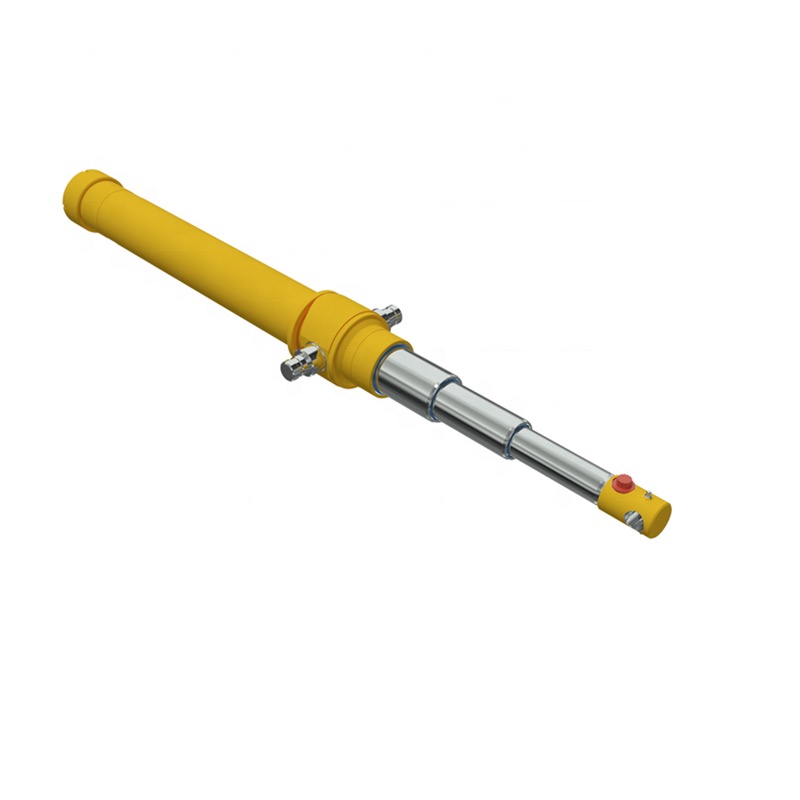
How is the processing of the hydraulic cylinder carried out?
Hydraulic Cylinders are the main components of hydraulic cylinders, mining single props, hydraulic supports, gun barrels and other products. The quality of processing directly affects the life and reliability of the entire product. The processing requirements of the cylinder are high, the internal surface roughness requirement is Ra0.4~0.8um, and the concentricity and wear resistance are strictly required. The basic feature of the cylinder is deep hole processing, which has always troubled the processing personnel.
When rolling processing is used, surface residual pressure stress still exists on the surface layer, which is helpful for the closure of small surface cracks and hinders the expansion of erosion. Therefore, the surface anti-corrosion ability can be improved, the occurrence or expansion of fatigue cracks can be delayed, and the fatigue strength of the cylinder can be improved. Through rolling forming, the rolling surface forms a cold hardening layer, which reduces the elastic and plastic deformation of the grinding auxiliary contact surface, improves the wear resistance of the inner wall of the cylinder, and prevents grinding. After rolling, the surface roughness values are reduced and the fitting properties are improved.
Cylinder is the most important part of construction machinery. The traditional processing method is to grind the cylinder block—information ring block 3354. The rolling method is cylinder block-information circle block-rolling block, the process is 3 parts, but the time comparison: grinding block 1 meter is about 1-2 days, rolling block 1 meter is about 10-30 minutes. Input comparison: grinder or crimson rolling mill (tens of thousands of 33.54 million), drum (133.54 million). After rolling, the surface roughness of the hole decreases from sugar roll Ra3.2~6.3um to Ra0.4~0.8um, the surface hardness of the hole increases by about 30%, and the fatigue strength of the inner surface of the cylinder increases by 25%. The life of the oil cylinder only considers the impact of the cylinder, its efficiency is 2 to 3 times, and the efficiency of the boring and rolling process is about 3 times that of the grinding process. The above data show that the rolling process is efficient and can greatly improve the surface quality of the cylinder. There are no sharp small blades on the surface of the cylinder after rolling, and the long-term motion friction will not damage the seal or sealing strip, which is especially important in the hydraulic industry.

